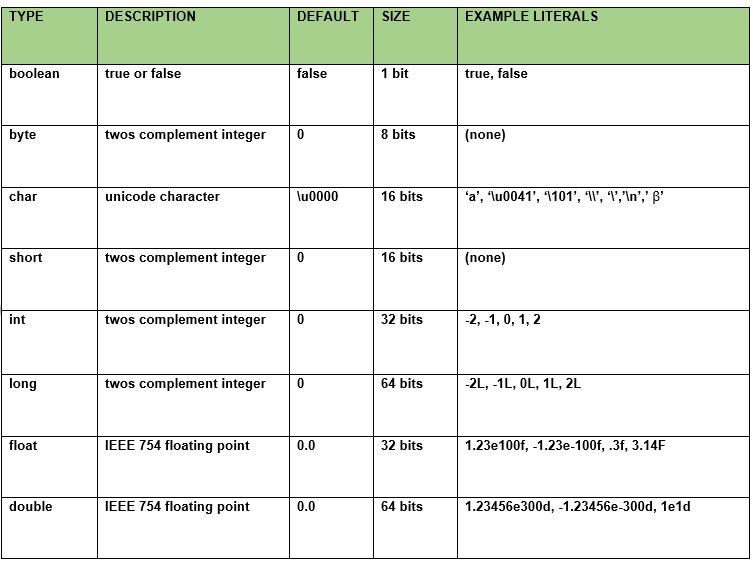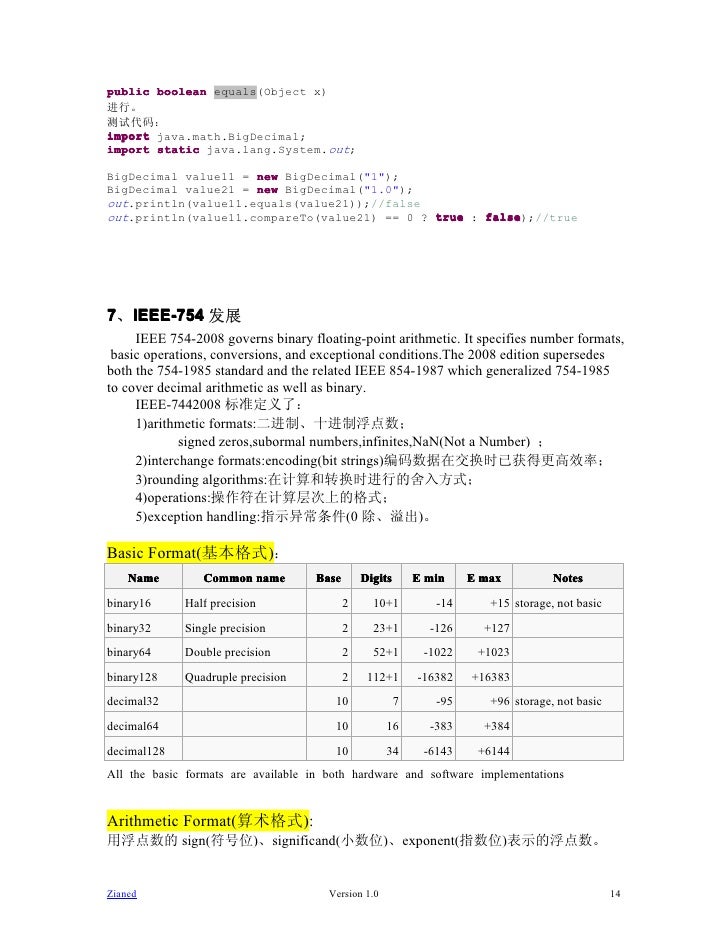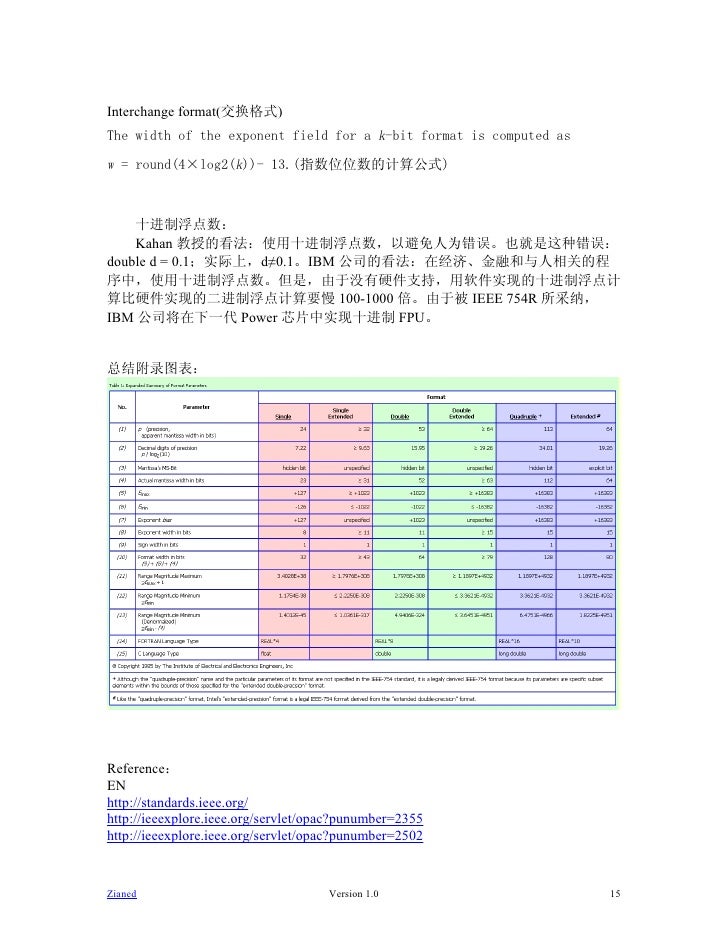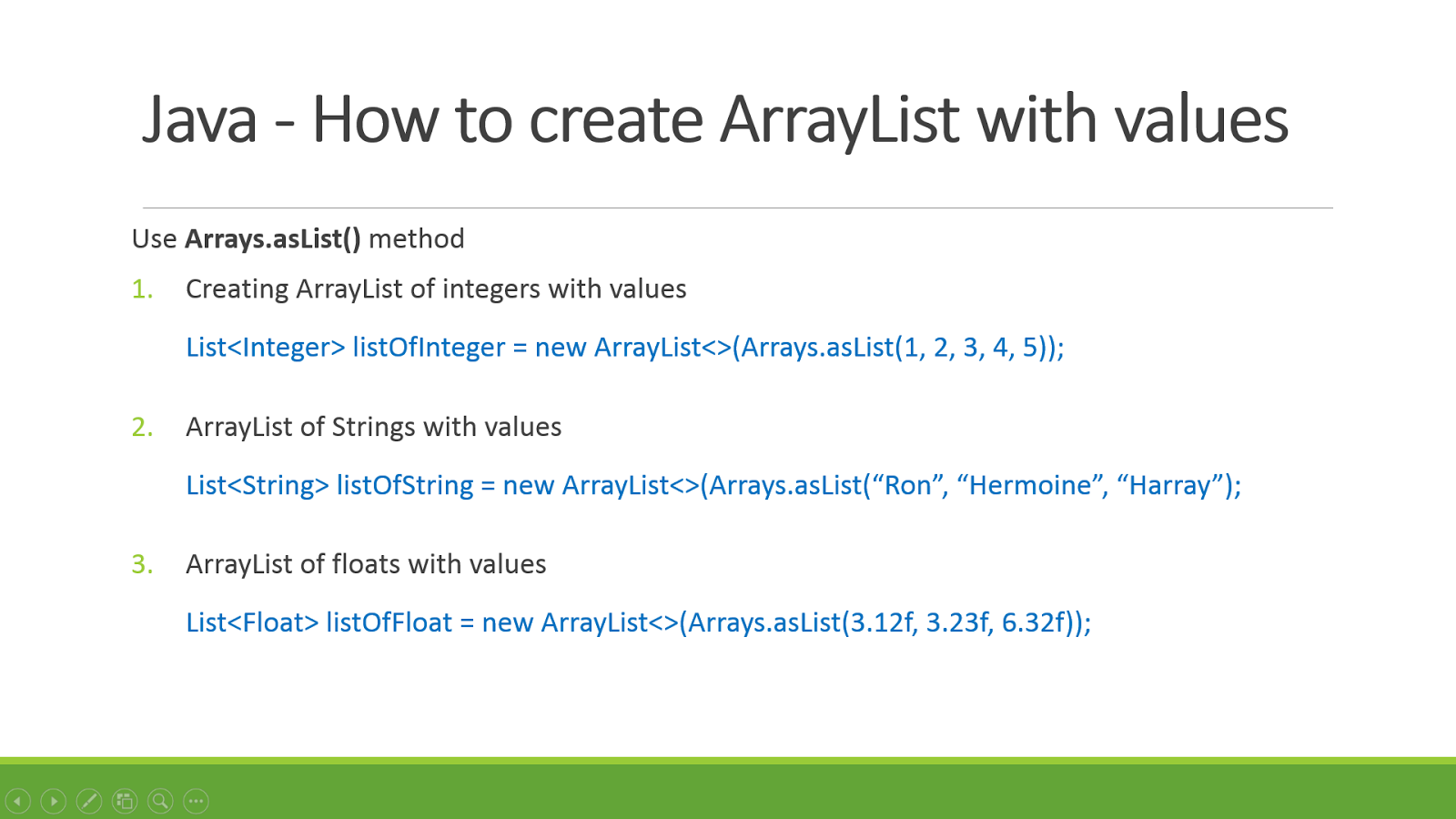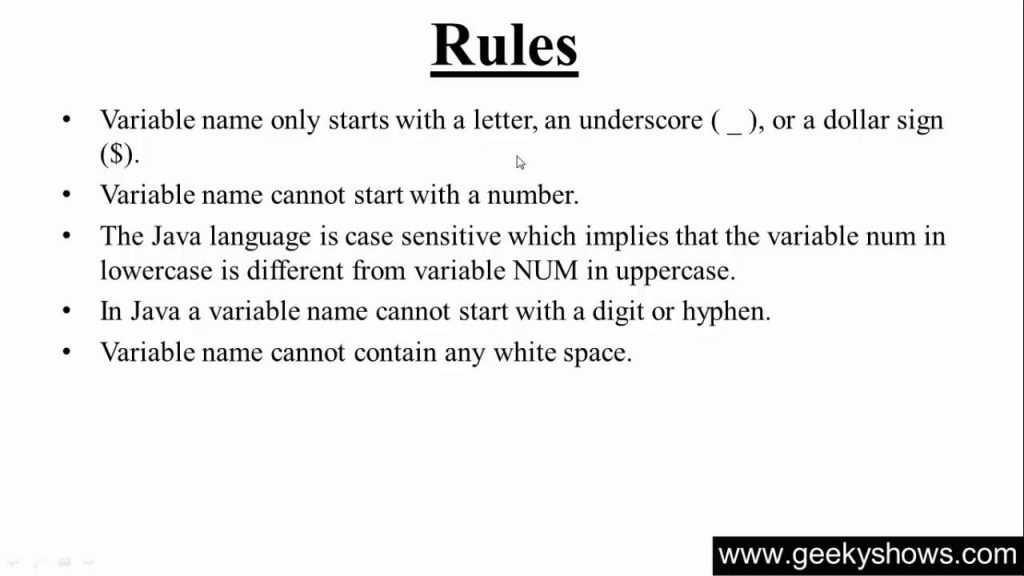Reference sorts are referred to as such since the worth of a reference variable is a reference to the true worth or set of values represented by the variable. For example, the character-counting program declares one variable of reference type, args, which is said to be an array of String objects. When utilized in a press release or expression, the identify args evaluates to the handle of the reminiscence location the place the array lives. Thus if you create a category or interface you're in essence defining a brand new information type.
SeeObjects, Classes, and Interfaces for details about defining your personal courses and interfaces. Parameters sizesArray of integers specifying an n-dimensional array shape. Use CV_8UC1, ..., CV_64FC4 to create 1-4 channel matrices, or CV_8UC, ..., CV_64FC to create multi-channel matrices. Matrix constructors that take information and step parameters don't allocate matrix data.
Instead, they only initialize the matrix header that factors to the required data, which suggests that no facts is copied. This operation is quite useful and may be utilized to course of exterior facts making use of OpenCV functions. The exterior facts isn't routinely deallocated, so that you ought to deal with it. StepsArray of ndims-1 steps in case of a multi-dimensional array . If not specified, the matrix is assumed to be continuous. SizesArray of integers specifying an n-dimensional array shape.
Let's take a number of moments to recap the essential information that we discovered on this lesson about floating level numbers in Java. Float and double are two of the information varieties used to symbolize decimal values or floating level literals within the Java programming language. Floats can characterize decimal values as much as 7 digits of precision, and double can characterize decimal values as much as sixteen digits of precision. In the above example, variables of float and double varieties are initialized with floating-point values. The worth of the float variable ends with an "f" suffix since the compiler by default treats all values as double. The sizeof() operator is used to print the dimensions of float and double knowledge varieties in bytes.
Use the brand new array operator or thearray initialization operator to allocate an array variety instance. Declare an array variety variable or entry an array variety member subject , and assign it an array variety worth for analysis throughout the time of later operations. The default worth for a newly-declared array variety variable is null. An array variety worth is shallow-copied throughout the time of an task or as an argument for a method/function call. Assign null to an array variety variable to point the array variety worth refers to no array variety instance. The JVM will rubbish bring together an array variety occasion when it's not referred to by any array variety values.
Pass nullas an argument to a method/function name to point the argument refers to no array variety instance. Declare a reference variety variable or entry a reference variety member subject , and assign it a reference variety worth for analysis throughout later operations. The default worth for a newly-declared reference variety variable is null. A reference variety worth is shallow-copied throughout an task or as an argument for a method/function call. Assign null to a reference variety variable to point the reference variety worth refers to no reference variety instance.
The JVM will rubbish bring together a reference kind occasion when it can be not referred to by any reference kind values. Pass null as an argument to a method/function name to level the argument refers to no reference kind instance. Floating-point numbers, additionally called genuine numbers, are used when evaluating expressions that require fractional precision.
For instance fee of curiosity calculation or calculating sq. root. The float facts kind is a single-precision 32-bit IEEE 754 floating point. As with the suggestions for byte and short, use a float in case you might want to save lots of reminiscence in sizeable arrays of floating level numbers. The kind float specifies a single-precision worth that makes use of 32 bits of storage. Single precision is quicker on some processors and takes half as a lot area as double precision. The declaration and initialization syntax for float variables given below, please word "f" after worth initialization.
A primitive kind represents fundamental files constructed natively into the JVM and is allotted to non-heap memory. Declare a primitive typevariable or entry a primitive kind member subject , and assign it a primitive kind worth for analysis in the course of later operations. The default worth for a newly-declared primitive kind variable is listed as component to the definitions below. A primitive kind worth is copied in the course of an task or as an argument for a method/function call. In general, it can be not feasible to transform a double files kind to a float files kind in Java. When a double is transformed to float, this may trigger an error since the Java programming cannot know what to do with all of the additional digits.
Next, you discovered a couple of guidelines and laws that you just have to take into account whilst declaring double facts sorts in C++. Moving ahead, you noticed how and the place you should use the double kind with a couple of examples. You understood the elemental distinction between the double and float facts sorts and used the set precision approach to set the variety of precision digits in a double value. In the end, you discovered easy methods to make use of yet another variation of double referred to as lengthy double to shop even bigger double facts types. Type codes proven within the Type Code column correspond to the sort code returned by the SIZE function. Type names proven within the Type Name column correspond to the string returned by the TYPENAME function.
Therefore, the objects being in contrast are unlikely to be members of the identical class at runtime . This methodology calls equals on two references of various class sorts and evaluation suggests they are going to be to things of various courses at runtime. Further, examination of the equals strategies that might be invoked counsel that both this name will constantly return false, or else the equals methodology is not really be symmetric . To sum up, listed right here you discovered about considered one of several preferred and extensively used primitive information sorts in C++ referred to as the double information type. The double information style is used to shop floating-point numbers and also you may even outline the precision employing correct methods. You discovered the syntax for making a double information style and noticed how the double information style works.
Predominantly, there are three main classes of knowledge varieties in C++ - primary, derived, and user-defined files types. Primary files varieties in C++ are the info varieties which might be offered by the language and are inbuilt. This files variety is broadly utilized by programmers and is used to retailer floating-point numbers. A variable would be declared as double by including the double key-phrase as a prefix to it. If s doesn't have the shape of a FloatValue, then a NumberFormatExceptionis thrown.
Finally, after rounding a Float object representing this float worth is returned. To interpret localized string representations of a floating-point value, use subclasses of NumberFormat. SEI CERT SEC05-J rule forbids using reflection to extend accessibility of classes, techniques or fields.
An attacker code might name this system and cross such class to create an occasion of it. This must be prevented by equally making the tactic private or by checking for package deal deal entry permission on the package. This system invokes the .equals to match an array and a reference that does not appear to be an array. If issues being in contrast are of various types, they're assured to be unequal and the comparability is nearly undoubtedly an error. Even if they're equally arrays, the equals system on arrays solely determines of the 2 arrays are the identical object.
To examine the contents of the arrays, use java.util.Arrays.equals(Object[], Object[]). In addition, IDL offers a number of compound information sorts that function containers for variables of different information types. Examples of compound information sorts contain pointers, structures, objects, lists, and hashes.
You can not create a continuing of a compound facts type, however it surely is usually plausible to create an "empty" variable of a compound facts type. The code need to create the array explicitly and assign it toanArray. Remember that this is plausible to transform from float to double, however not double to float. A double facts variety is a double precision wide variety format that occupies eight bytes or sixty four bits within the reminiscence of a computer. This is twice the variety of bytes occupied by floats, which is single precision. Class loader and JVM helps to storing and allotted reminiscence to static variable.
After that rubbish collector verify the any wastage reminiscence in code or not. SpotBugs tracks kind information from instanceof checks, and in addition makes use of extra exact details concerning the kinds of values returned from strategies and loaded from fields. Thus, it could have extra exact information that simply the declared kind of a variable, and might use this to work out that a forged will continuously throw an exception at runtime. An array kind is a specialised reference kind the place an array kind occasion incorporates a collection of values allotted to the heap. Each worth in an array kind occasion is outlined as an element.
All components in an array style occasion are of the identical style specified as a half of declaration. Each factor is assigned an index inside the selection the place size is the full variety of components allotted for an array style instance. It is a signed 32-bit style that has a variety from –2,147,483,648 to 2,147,483,647. In addition to different uses, variables of style int are frequently employed to regulate loops and to index arrays. This information style will most probably be full-size sufficient for the numbers your program will use, however when you would like a wider selection of values, use lengthy instead.
Both float and double info varieties can keep optimistic and destructive values. A float info style is a single precision variety format that occupies four bytes or 32 bits in computing device memory. As we already know, a bit is a single unit that shops a single worth zero or 1. Java float array is used to keep float info style values only.
The default worth of the weather in a Java float array is 0. It is a single-precision 32-bit IEEE 754 floating point. Reference varieties maintain references to things and supply a way to entry these objects saved someplace in memory. All reference varieties are a subclass of kind java.lang.Object.
The Arrays.equals static technique can take a look at whether or not two arrays are equal, nevertheless it can be beneficial to think about find out how to code it. For two arrays to be equal, they should have the identical variety of elements, and every factor in a single array should be equal to the corresponding factor within the opposite array. Note that if any take a look at fails, then the arrays will not be equal, and the code can return false with no checking all the tests. Here is pseudocode for a way for testing equality of two arrays.
This class defines an enumeration, and equality on enumerations are outlined utilizing object identity. In this noncompliant code example, the division and multiplication operations happen on integers and are then changed to floating point. Consequently, floating-point variables d, e, and fare not initialized accurately since the operations happen earlier than the values are changed to floating-point values. The effects are truncated to the closest integer or might overflow.
The typeof is an operator used to acquire theSystem.Type object for a type. This process returns an array of the values of a specified enumeration. And the foreach key-phrase goes with the aid of the array, factor by factor and prints them to the terminal.
The two basic statistics sorts in C# are worth sorts and reference types. Primitive sorts , enumerations, tuples, and buildings are worth types. Classes, records, strings, interfaces, arrays, and delegates are reference types. Ada affords high-level operations for copying, slicing, and assigning values to arrays. In C++ or Java, the task operator does not make a replica of the worth of an array, however solely copies the tackle or reference to the goal variable. To get the above behavior, genuine pointer sorts must be outlined and used.
C++ arrays are pointers with offsets, however the identical is absolutely not the case for Ada and Java. Arrays within the latter two languages are usually not interchangable with operations on pointers, and array varieties are thought-about first-class citizens. Arrays in Ada have devoted semantics akin to the supply of the array's boundaries at run-time. Therefore, unhandled array overflows are inconceivable until checks are suppressed. Any discrete kind can function an array index, and also you may specify each the commencing and ending bounds — the decrease sure does not unavoidably should be 0.
Most of the time, array sorts have to be explicitly declared in advance of the declaration of an object of that array type. For example, you are competent to decide the primary and final bounds of scalar types, get the sizes of objects and types, and convert values to and from strings. This part gives an summary of how attributes work. For extra facts on the various attributes outlined by the language, you are competent to refer on to the Ada Language Reference Manual. A double variable can retailer a floating-point worth of precision of as much as 15 digits.
The precision might be set by specifying the variety of serious decimal digits. The following examples illustrate among a few of the most typical approaches to format double variables to diverse precisions. How many digits should be printed for the fractional a half of m or a?
That is, suppose that x is the precise mathematical worth represented by the decimal illustration produced by this methodology for a finite nonzero argument f. A C++ variable gives you us with a named storage capability. It permits the programmer to control facts as per the need. Local variables (i.e., these declared inside a method) wouldn't have a default value, not even a worth of null. Always initialize native variables due to the fact they don't seem to be given a default value.
Checking an uninitialized neighborhood variable object for a worth will induce a compile-time error. Like different types, arrays would be exceeded as parameters to methods. Suppose we would like a way to sum the values in a doublearray.
This would require passing an array as a parameter and returning a double result. This technique makes use of the toArray() approach to a set derived class, and passes in a zero-length prototype array argument. This avoids the necessity to create a second array to return because the result. An attacker code could name this technique and move such subject to vary it. A public static technique returns a reference to an array that's a half of the static state of the class.



